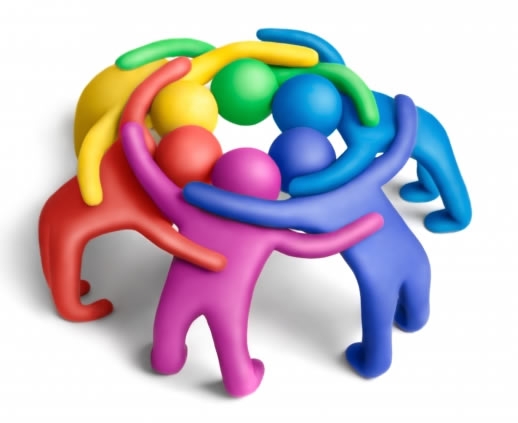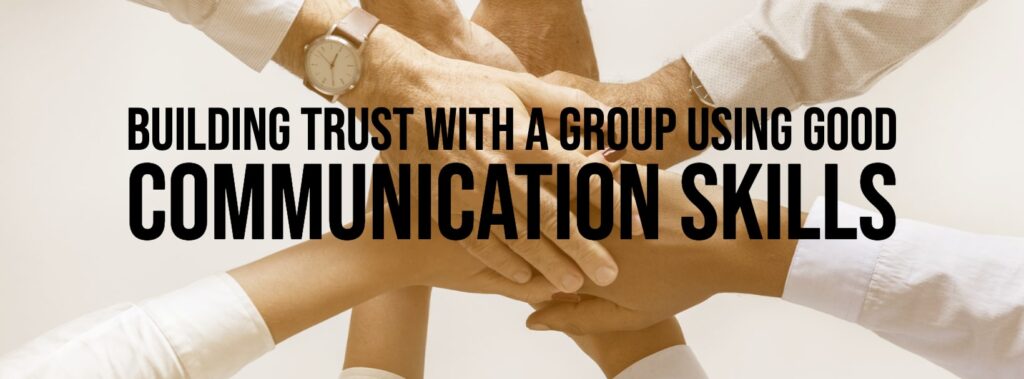Strengthening Team Dynamics Through Effective Communication
Teams are the engine driving innovation, productivity, and success. But what really fuels this engine? Beyond the skills and experience of individual members, it's the ability to communicate effectively that makes or breaks team performance.
When team communication is strong, members can easily navigate challenges, collaborate on solutions, and achieve goals efficiently. On the other hand, poor communication leads to misunderstandings, missed deadlines, and conflicts that can derail even the most talented teams. So, how can teams foster an environment where communication flows smoothly and openly?
Why Team Communication Matters
Great communication isn't just about exchanging information—it’s about creating a space where everyone feels heard and valued. Teams that excel at communication build trust, encourage collaboration, and are better equipped to tackle problems head-on. Here’s why communication is crucial in a team setting:

- Collaboration & Innovation: When team members freely share ideas and insights, creativity flourishes. Open communication allows teams to build on each other's ideas and come up with innovative solutions they might not have considered alone.
- Conflict Resolution: Conflict is inevitable, but teams that prioritize communication are able to address issues before they escalate. Listening to different viewpoints, identifying common ground, and working through disagreements together help maintain a positive and productive atmosphere.
- Clarity & Alignment: Clearly defined roles, goals, and expectations eliminate confusion. When everyone understands the team's objectives and how their contributions fit into the bigger picture, it becomes easier to stay on track.
But achieving this level of communication takes effort, and it doesn’t happen overnight. Strong communication is built on a solid foundation, proactive conflict resolution, and the ability to navigate challenges with flexibility and openness.
Building a Strong Foundation
At the core of any well-functioning team is a foundation of trust, psychological safety, and shared goals. Without this, even the best communication strategies will fall flat.

- Establishing Clear Goals: Start with a shared vision. Teams that know what they're working toward are more likely to stay aligned, avoiding unnecessary friction. Every member should know how their role contributes to the team's larger objectives.
- Defining Roles & Responsibilities: Confusion about who’s responsible for what can cause projects to stall and teams to falter. Clear roles and responsibilities allow team members to focus on their individual contributions, knowing that others will do the same.
- Fostering Trust: Perhaps the most critical component of team communication is trust. Without it, team members might hold back, whether it’s sharing new ideas or offering honest feedback. Encouraging open dialogue, respecting diverse perspectives, and showing appreciation for each member’s contributions go a long way in cultivating a high-trust environment.
- Celebrating Diversity: Diverse teams bring a wealth of knowledge and experience to the table. But for this diversity to be a strength, there must be open communication that respects different backgrounds and perspectives. Embrace and celebrate the variety of opinions and approaches that come from a diverse team to harness collective creativity.
Navigating Challenges with Communication
Even with a strong foundation, teams will face challenges. From tight deadlines to conflicting ideas, obstacles are part of any project. But how your team communicates in the face of these challenges can determine your success.
One common pitfall is miscommunication. Whether it’s an email taken out of context or a team member feeling unheard during a meeting, these small moments can snowball into bigger issues if not addressed early. Teams that prioritize active listening and clear communication find it easier to steer clear of such problems.

- Active Listening: Effective communication is not just about speaking; it's about truly listening. Encourage team members to focus on understanding each other’s viewpoints without jumping to conclusions or interrupting.
- Constructive Feedback: Giving and receiving feedback can be uncomfortable, but it’s crucial for growth. Teams that communicate constructively learn from mistakes, adjust quickly, and continuously improve. Feedback should always be respectful, focusing on behaviors and outcomes rather than personal criticism.
- Adapting Communication Styles: Every team member has a different communication style. Some are more direct, while others may prefer to take a thoughtful, reflective approach. The key is adapting your communication style to fit the person you're working with. This doesn’t mean changing who you are—it means finding ways to connect and understand each other better.
Real-Life Application: Communication in Action
I’ve seen firsthand how improving communication transforms teams. One of my clients, a manufacturing company, was struggling with internal miscommunication across departments. People often felt their ideas were dismissed or misunderstood, leading to frustration and decreased morale.
Through targeted communication strategies—like implementing regular check-ins, establishing clear roles, and practicing active listening—they saw a remarkable improvement. Miscommunications decreased, collaboration improved, and team members felt more engaged. By addressing communication at its core, they were able to foster a more cohesive team environment.
Conclusion: Unlocking Your Team's Potential
Effective communication is the cornerstone of any successful team. It’s not just about exchanging information—it’s about creating an environment where every member feels valued, respected, and aligned with the team’s goals.
As a leader or team member, your ability to facilitate and encourage open communication can make a huge difference in your team’s overall performance. The good news? It’s a skill that can be developed and improved over time with the right tools and mindset. If your team is facing communication challenges or simply looking to take collaboration to the next level, our Team Communication Toolkit offers practical strategies to help you improve communication, resolve conflicts, and work together more effectively. Download the toolkit and start empowering your team today!